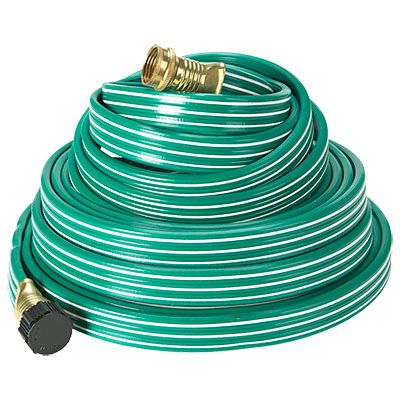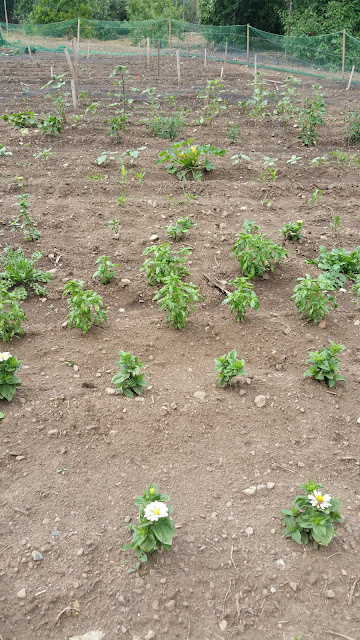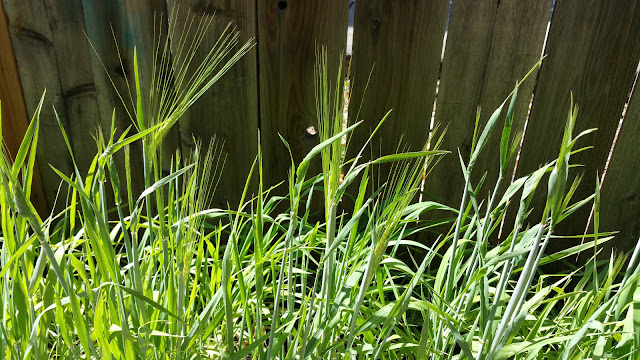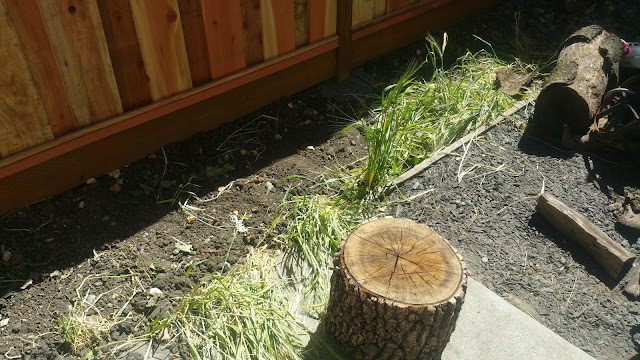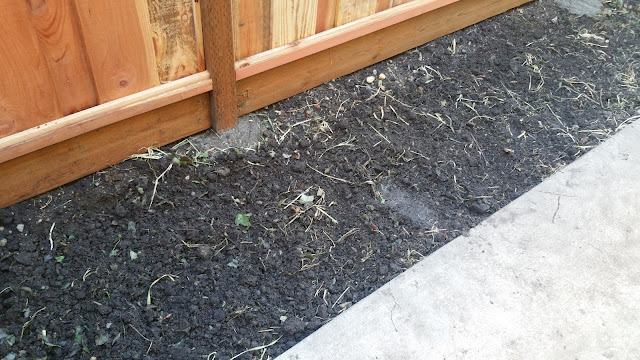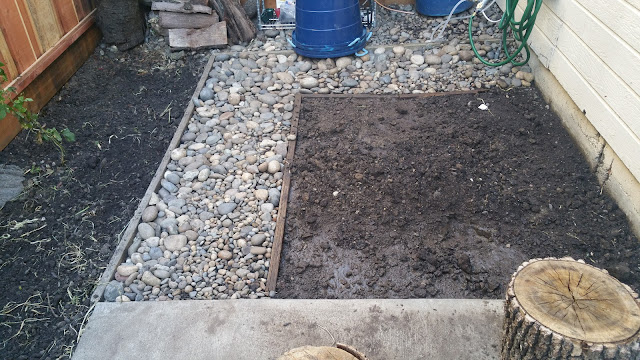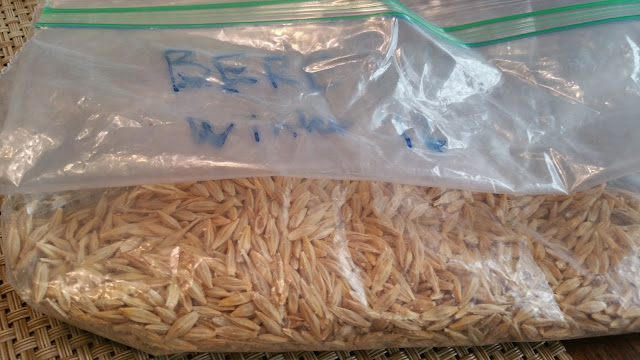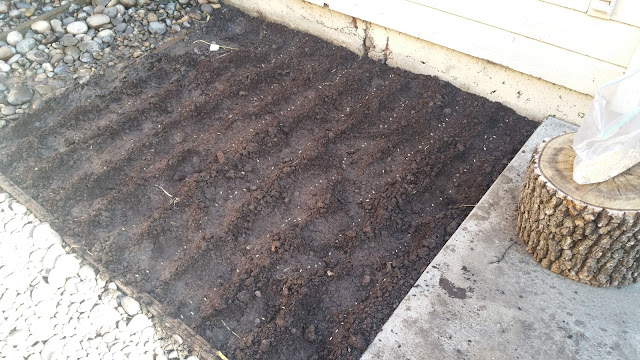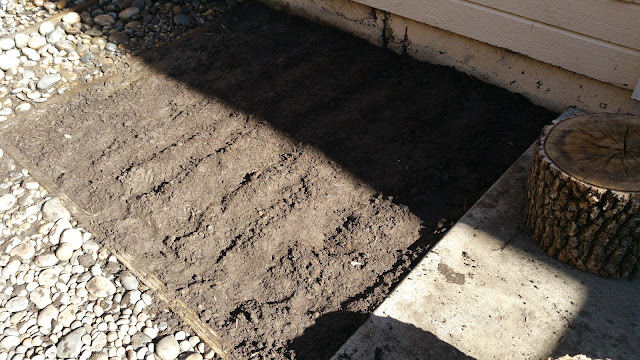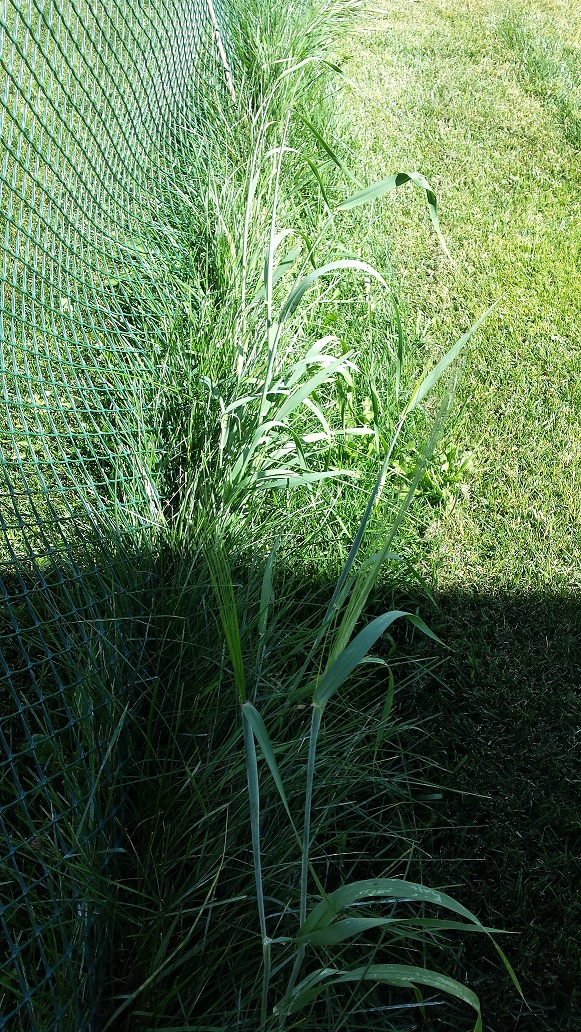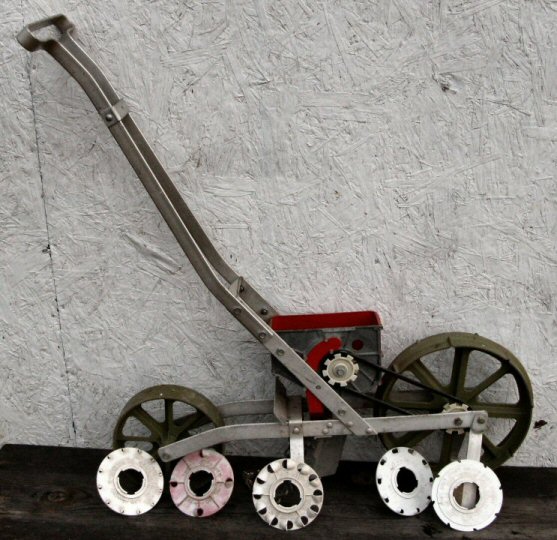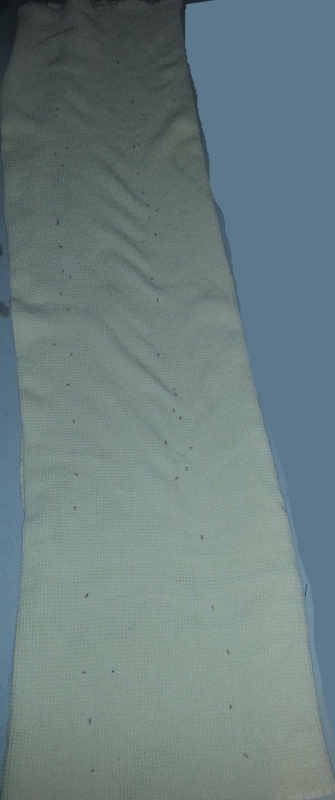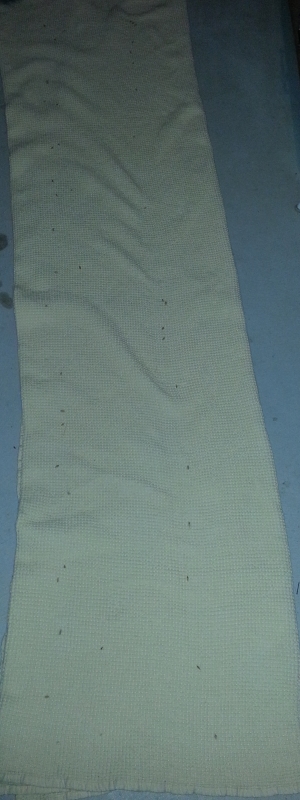This year I am running an experiment. Instead of converting pasture to a plowed field (I don't have a plow, and a rototiller is hard work), I am attempting to grow barley directly into pasture.
I thought I'd run this experiment in my lawn as it's a good substitute for pasture.
I used a tool like this:
To cut straight lines into my sod. The cuts are about 4 inches deep. I then built a primitive seed drill out of some metal tube and a few cable ties. The zip ties are secured 2 inches from one end of the tube, and are trimmed so that their ends are 3 inches long. The zip ties then act as depth guides, and seed spacing guides.
I then went down the cut line and at 3 inch intervals I placed a seed into the top of the tube, which I had inserted to depth inside the cut.
I found I had to blow down the tube to clear any dirt, and launch the seed from the end effectively (like a pea shooter).
The process was not the fastest, but it was a lot less labor intensive than turning the soil.
That evening it rained for the first time in over a week, and the cuts swelled shut. Over the past two weeks, the cuts have opened up a little, but not like they were originally.
It's been 14 days since I planted. I mowed the grass down close to the soil a week ago and so the lawn is quite long again, but I think I see barley seedlings emerging in the lines.


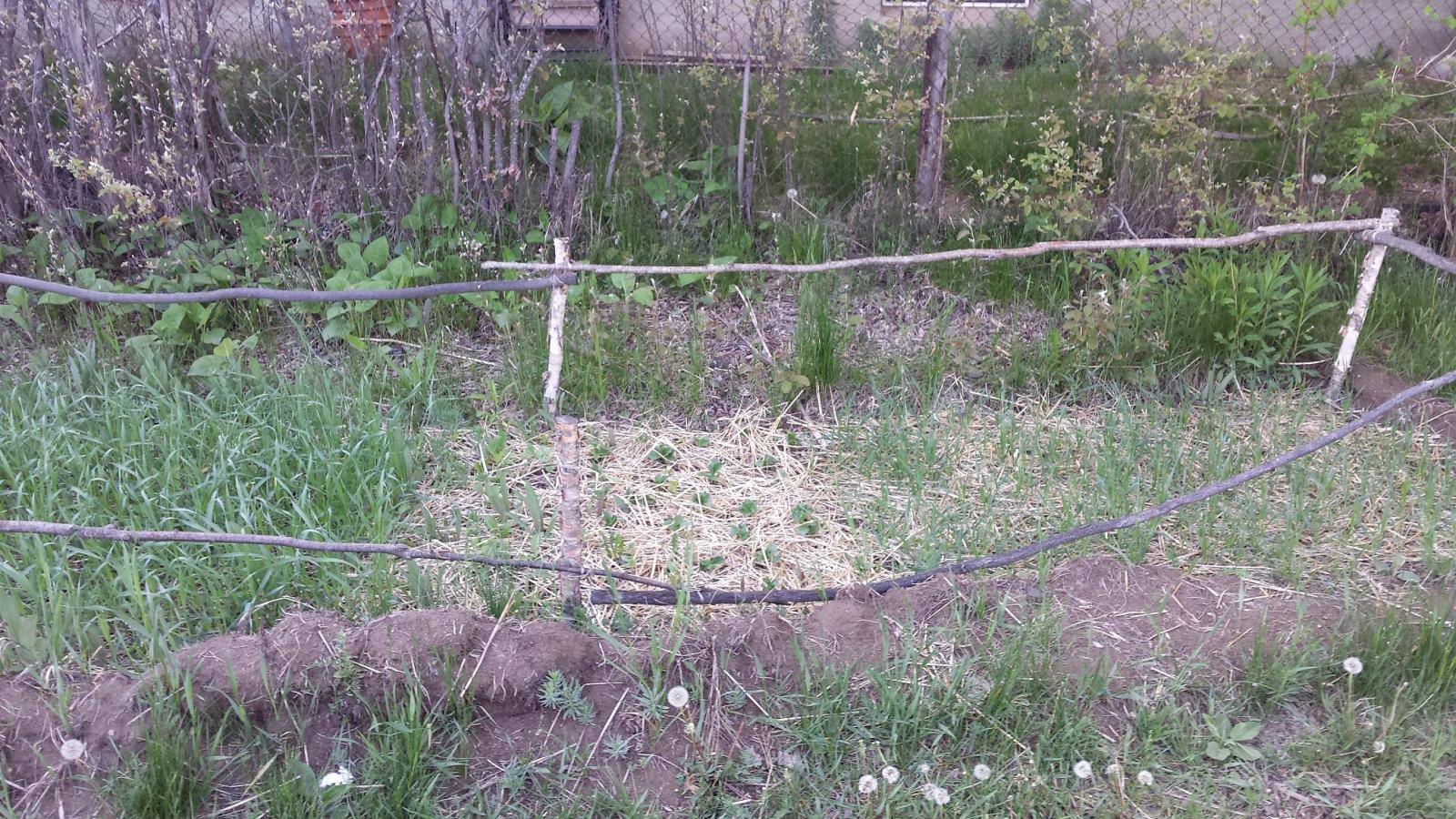































![Craft A Brew - Safale S-04 Dry Yeast - Fermentis - English Ale Dry Yeast - For English and American Ales and Hard Apple Ciders - Ingredients for Home Brewing - Beer Making Supplies - [1 Pack]](https://m.media-amazon.com/images/I/41fVGNh6JfL._SL500_.jpg)



























